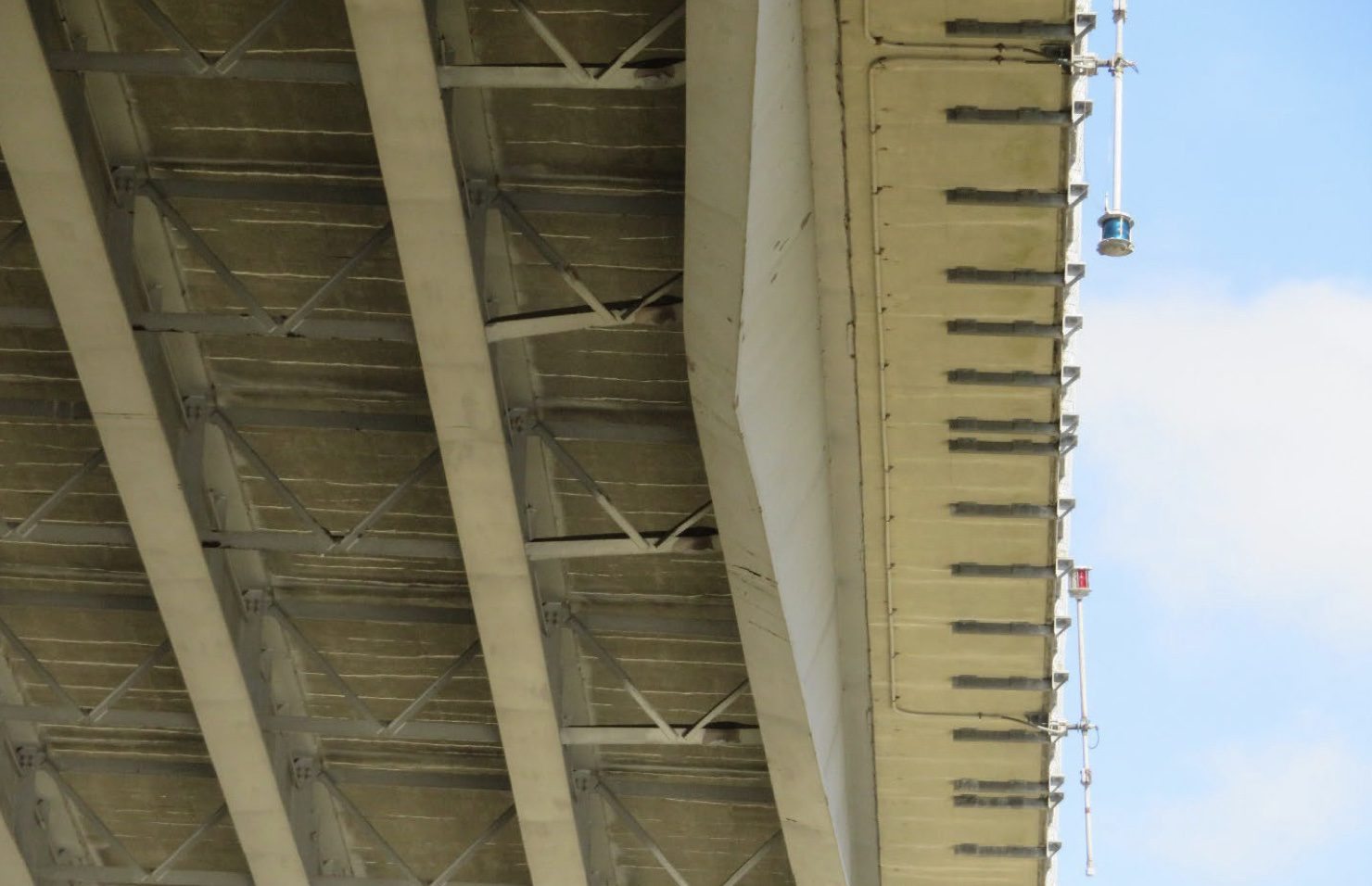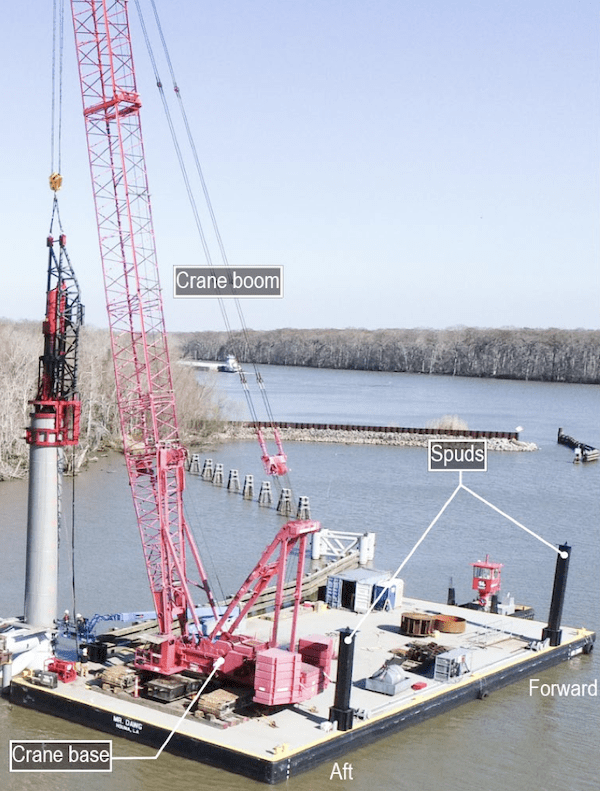
A $2 million blunder was the result of an incorrect estimate of a crane's boom height, leading to a collision with the Houma Twin Span Bridge, according to the National Transportation Safety Board (NTSB).
On March 6, 2022, the towing vessel Robert Cenac was pushing the crane barge Mr. Dawg and another deck barge along the Gulf Intracoastal Waterway. As the convoy attempted to pass beneath the Houma Twin Span Bridge, the crane aboard Mr. Dawg struck the bridge. The incident reduced eastbound vehicle traffic from two lanes to one for ten days, impacting nearly 30,000 vehicles per day.
Thankfully, no injuries or pollution were reported.

Sealevel Construction had chartered the Robert Cenac to tow the Mr. Dawg and a deck barge from Houma to Clovelly, Louisiana. Despite repeated inquiries about the crane's height, Sealevel did not provide Al Cenac Towing with verified information.
Due to the lack of verified information, the captain of the Robert Cenac estimated the crane boom height in darkness, leading to an incorrect air draft calculation. The NTSB determined that the probable cause of the incident was the captain's incorrect estimate and decision to depart without receiving confirmed height details. The crane barge owner's failure to provide accurate air draft information also contributed to the accident.
"Tow operators are required to know the air draft of their vessel and tows and should not make assumptions," the NTSB report said. "As the NTSB has recommended before, tow operators should have a detailed voyage plan with specific information concerning/about all known risks, including calculated overhead clearance limitations for tows. In this case, the captain should have waited to get underway until the exact air draft of the tow was established."
The NTSB previously recommended that the Occupational Safety and Health Administration (OSHA) revise regulations regarding crane booms' placement and securing during transit. However, OSHA declined to amend the regulations.
The report concluded that operators must have accurate and objective data before getting underway, especially in high-risk conditions. It urged owners and operators to develop voyage plans that assess operational risks, including air drafts relative to bridge clearances along their intended route.
Marine Investigation Report 23-06? is available on the NTSB's website.